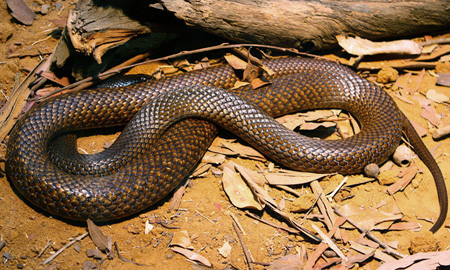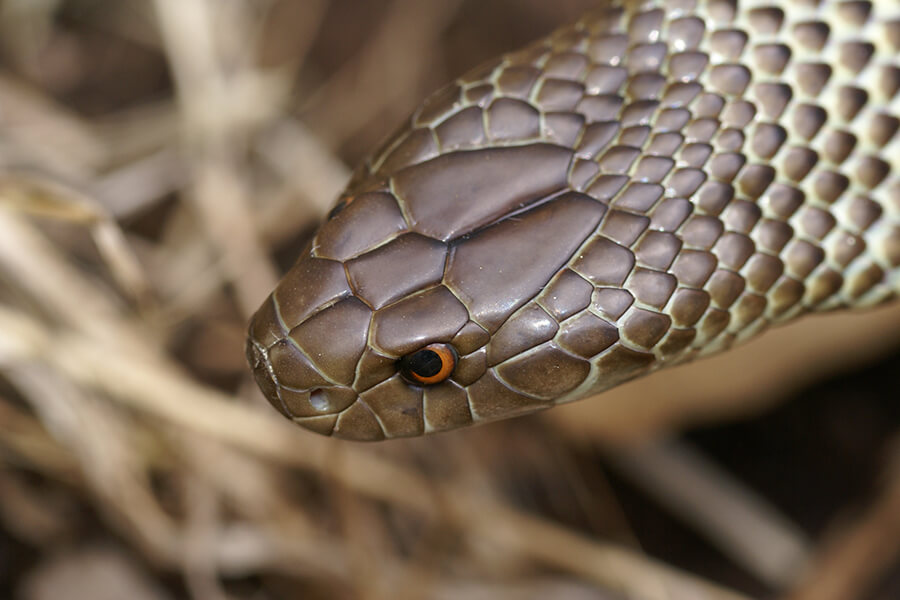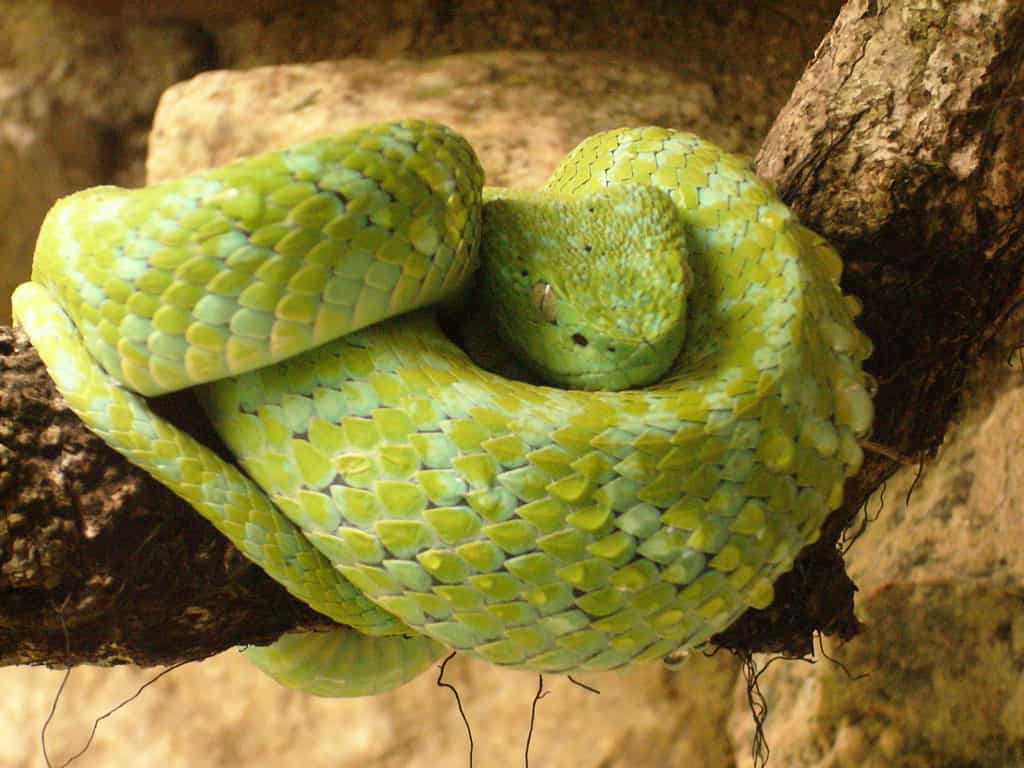Introduction
Australia, a land of diverse wild animals, is home to lots of remarkable animals, including snakes that can influence both admiration and fear. Among these snakes is the tiger serpent, understood for its striking appearance and reputation as a poisonous killer. Consequently, one inquiry frequently emerges: Are tiger snakes venomous? This write-up will look into the misconceptions and facts surrounding tiger serpents, their environment, habits, medical implications of their attacks, and much more.
Are Tiger Snakes Venomous?
When it pertains to the concern of whether tiger snakes are venomous, the solution is a definite yes. are rough scaled snake venomous Tiger snakes (Notechis scutatus) are without a doubt venomous and ranking among one of the most harmful snakes in Australia. Their poison contains potent neurotoxins that can bring about paralysis and even death if not treated without delay.
While deaths from tiger snake bites have actually ended up being less typical due to developments in clinical treatment and antivenom availability, this does not diminish the demand for care when coming across these reptiles. The potential effects of a tiger serpent bite include severe discomfort at the site of the bite, swelling, nausea, difficulty breathing, and neurological symptoms such as weak point or paralysis.
Types of Tiger Snakes
In Australia, there are a number of identified subspecies of tiger serpents:
- Eastern Tiger Snake (Notechis scutatus): Discovered mostly in southeastern Australia. Tasmanian Tiger Serpent (Notechis scutatus): A subspecies discovered just in Tasmania. Black Tiger Snake: Known for its darker coloration.
Each of these species has variants in dimension and actions but shares comparable poison characteristics.
The Environment of Tiger Snakes
Where Do They Live?
Tiger serpents are versatile creatures discovered across numerous environments throughout Australia. They commonly populate seaside regions however can also be located in marshes, swamps, riversides, and forests. Their choice for moisture-rich settings makes them adept swimmers; therefore they grow near water bodies like lakes or marshes.

Geographical Distribution
- Southeastern Coast: Home to Eastern tiger snakes. Tasmania: Controlled by Tasmanian tiger snakes. Northern Regions: Where you could encounter much less generally seen variants.
Habitat Preferences
Tiger snakes favor areas with bountiful cover where they can hide from predators while hunting for target. They often first aid treatment for snake bite hunt little mammals, frogs, birds, and also fish-- making them functional seekers within their ecological niche.
The Anatomy of a Tiger Snake
Physical Characteristics
Tiger snakes possess distinctive physical characteristics that distinguish them from other Australian reptiles:
- Coloration: Usually grouped with yellow or light-colored stripes on a dark background. Size: They can mature to 2 meters long; nevertheless, ordinary sizes range between 1.2 to 1.5 meters.
The one-of-a-kind coloration serves both as camouflage against predators and while stalking victim in their all-natural habitat.

Behavioral Traits
Understanding the behavioral patterns of tiger serpents is critical for those living within their geographical variety:
- Nocturnal Activity: They are mainly energetic at night but may additionally search throughout the day. Defensive Behavior: When threatened, tiger serpents might hiss loudly or flatten their bodies-- an indication suggesting they really feel cornered.
Tiger Serpent Bite Symptoms
If bitten by a tiger snake, people ought to watch for certain signs that materialize soon after:
Severe local pain Swelling around the bite area Nausea or vomiting Difficulty breathing Neurological signs and symptoms such as muscle mass weaknessIt's essential never ever to underestimate these indicators; immediate clinical attention is crucial following any kind of snake bite incident.
First Aid for Snake Bites
Immediate Actions After a Bite
Knowing exactly how to respond quickly can save lives when managing possible serpent bites:
Stay calmness and still-- activity raises poison spread. Call emergency situation services immediately. Keep the affected limb paralyzed below heart level. Avoid cutting or drawing out poison; this old wives' tale might worsen conditions. Remove limited garments or fashion jewelry near the bite site. Informative postFirst Aid Set Fundamentals for Serpent Bites
A well-stocked first aid set must include things specifically valuable in treating snake attacks:
|Item|Objective|| --------------------------------|-----------------------------------------------|| Clean and sterile bandages|To cover injuries|| Antibacterial wipes|To cleanse around bite location|| Emergency situation call numbers|For quick access during emergency situations|| Compression bandage|To help incapacitate affected arm or leg|
Proper preparation can make all the distinction when an emergency strikes.
Fact vs Misconception Concerning Tiger Snakes
Myth 1: All Snakes Are Aggressive
Contrary to typical idea, not all serpent species display hostility in the direction of humans. As a matter of fact, many would rather pull back than face us.
Myth 2: A Bite Constantly Causes Death
While fatal attacks do happen-- many thanks mainly to postponed treatment-- most of bites are non-fatal if treated quickly with antivenom.
Myth 3: You Can Draw Out Venom
This extensively held idea is incorrect; trying to suck out venom only increases problems rather than reducing them!
FAQs
1. Are child tiger snakes much more harmful than adults?
Baby tiger snakes may possess less poison than grownups but frequently provide attacks without hesitation due to being more frightened.
2. For how long does it consider signs and symptoms to appear after a bite?
Symptoms generally show up within minutes but can often take hours depending on variables like private health and wellness conditions.
3. What ought to I do if I see a tiger snake?
Maintain distance! Avoid prompting it; most encounters end without event if you appreciate their space.
4. Is there an antivenom readily available for tiger snake bites?
Yes! Antivenom exists particularly created for dealing with diseases brought on by tiger snake attacks-- it's essential to seek expert clinical help immediately!

5. Can I keep a tiger snake as a pet?
Keeping any kind of wild snake varieties positions significant dangers due primarily to their reproduction habits & & nutritional demands-- it's finest left in nature!
6. How widespread are serpent attacks in Australia?
Australia sees countless snakebite situations annual; nevertheless deaths have lowered significantly thanks greatly due boosted awareness & & medical care access!
Conclusion
In conclusion, recognizing whether "Are Tiger Snakes Venomous?" lugs substantial implications for personal safety and security when connecting with these interesting reptiles belonging to Australia's diverse communities can not be overstated!
Arming ourselves with understanding concerning these creatures-- from their environments and behaviors down with effective emergency treatment techniques-- encourages us toward safer coexistence along with wildlife while mitigating risks related to accidental encounters!
By fostering education and learning about our atmosphere's complexities-- not just concentrating only on anxiety-- we pave pathways in the direction of far better appreciation & & preservation efforts benefiting both humankind & & nature alike!